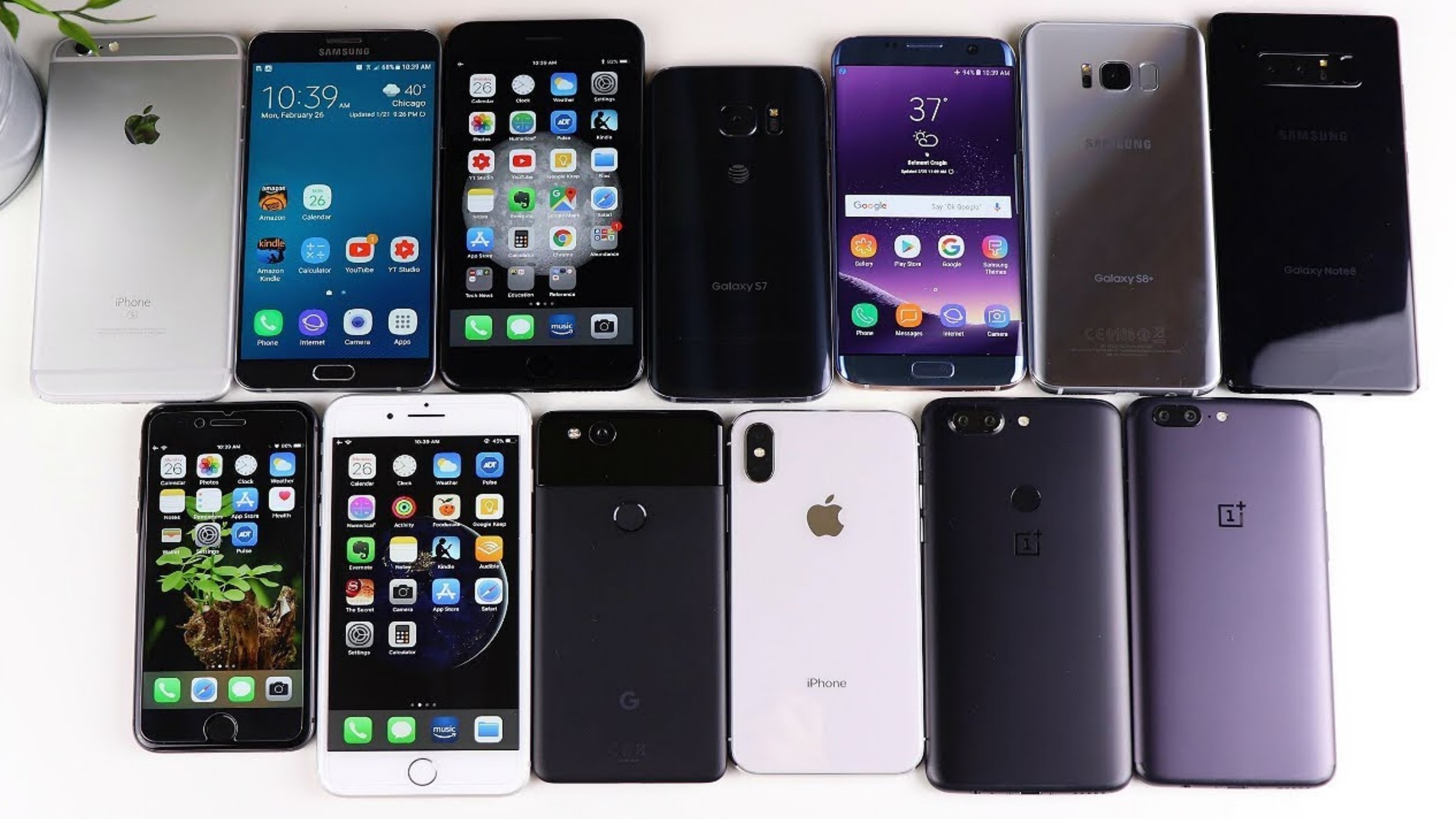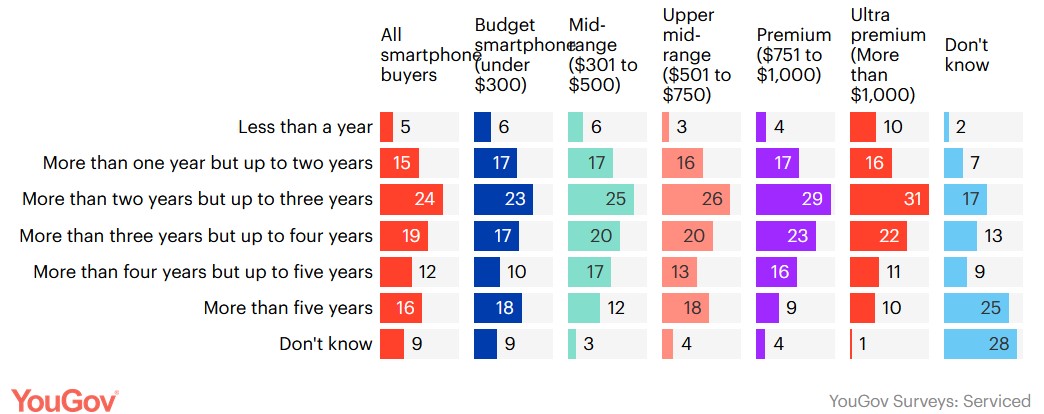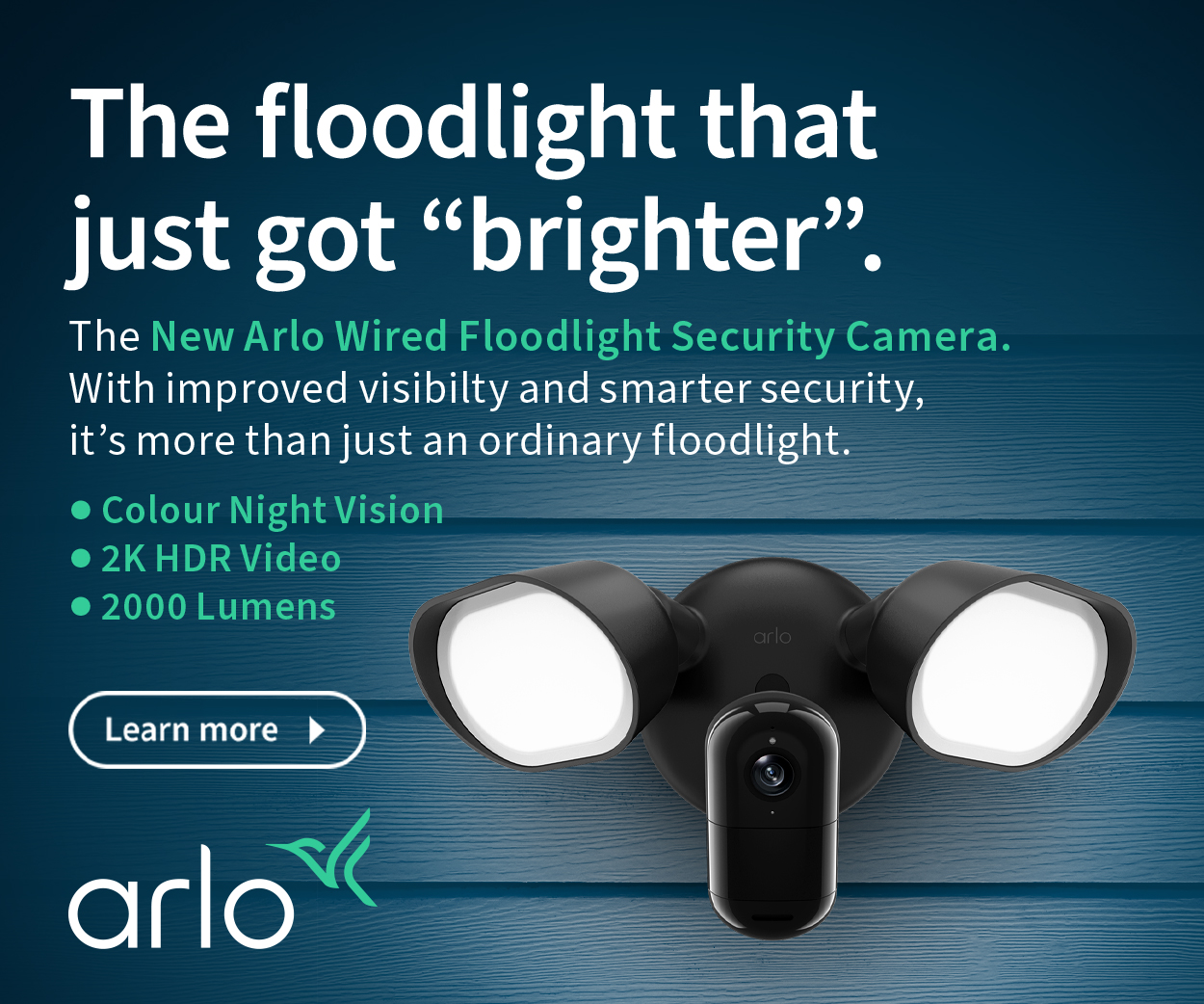How long do you want to keep a smartphone?

How long do you want to keep a smartphone? A new YouGov survey answers the question and raises some surprising reasons.
Surprisingly the answer DOES NOT depend on the class of phone or price paid (entry-level, mid-range, premium, and ultra-premium) but on your perception of value. Price is what you pay; value is what you get. In this case, value is measured by useful lifespan and predicated on battery life and screen scratches.
The global study (including Australia) found that 80% want to keep the smartphone for at least two to three years, and 25% of that group expect more than five years.
For example
75% of the ultra-premium class ($1500+) owners want more than two years, with only 10% wanting one year and 16% wanting two years. In this class, manufacturers typically offer a two-year warranty, four years of OS upgrades and security patch updates, but that is not the draw-card.
81% of the mid-range and premium buyers ($1000-1500) have the same expectations as ultra-premium but suffer shorter warranties and upgrade/patch policies.

Phone lifespan is more about usability, battery life, and repairability
The survey found that only 29% considered OS and security patch updates important in keeping a phone longer. This carrot is perhaps the easiest and lowest cost for manufacturers to offer, as Google does most of the work (Apple has five years of iOS updates).
Perhaps manufacturers need to realise that the main driver for keeping a phone is that it still works. Over 40% cited reliability as the key driver. And if its battery is dying (72% experienced this) or the screen is scratched, then a convenient lower-cost repair is a better strategy.
Perhaps manufacturers realise that every phone kept longer is one less they can sell. But in tough economic times, repairability is way more important than costing $200 to $3000 every year or two.
Main smartphone purchase drivers
Ultra-premium: Invariably, these tech-savvy people must have the best, fastest and most fully featured phones. 44% state that the processor brand (Qualcomm) and speed (SD8X) are the most important. Most buyers get a tax deduction for business, a lease/subscription model or a Telco plan that removes the upfront costs. This is about 2% of the market.
Premium. This is an aspirational purchase, and buyers like the Motorola Edge 30 series, OPPO Find X5 series, iPhone standard series and Samsung Galaxy lower-cost S-series. These buyers want quality, features, and longer life. The main purchase methods are as per ultra-premium, with more purchasing outright. This is about 10% of the market. They expect cost ownership to be about $300 per year.
Interestingly trade-in programs were of lesser consequence to Premium and Ultra due to the financial models that encourage faster turnover.
Mid-range: These are JB Hi-Fi and Harvey Norman customers that want a $500-1000 phone because they can afford it and want something better. This is about 25% of the market, and they usually use interest-free, credit card or cash for outright purchases. This market wants 3-5 years and expects a cost of ownership of between $100-200 per year. Motorola and OPPO rule here.
Entry level: While this stretches from about $200-500, most sales are $200-300 entry-level Nokia, Motorola, and OPPO. There are some quite excellent phones if you can stretch to $400-500. Interestingly this market expects three-five years and a cost of ownership at $50-100 per year.
What we expect anyway from a smartphone
YouGov found that around 50% of buyers in all categories considered all levels of smartphones should take acceptable photographs and selfies in day and office light – a given. Very few considered more esoteric things like night photography, star trails, slow-motion, 50 to 100X Zoom, and all the AI features as the reason to purchase. In other words, they want decent happy snaps – not see the pimple on an elephant’s bum at 500 metres! And video quality was even less of a priority unless they were avid social media show-offs. It seems competing on photographic prowess (cameraphone) is not a marketing edge.
Brand loyalty is interesting. Ultra and Premium buyers – around 58/52% would give preference to their existing if they had a good experience. But 58% of the rest said the brand was not important – not brand loyal. In Australia, the top five brands in order of unit sales are Apple, Samsung, OPPO/BBK, and a big gap to Motorola and Nokia. Motorola has ambitions on the top Android spot with a huge product range, consistent quality, and keen pricing.
Operating system loyalty is static; you are either Apple or Android, and the switch rate between each is about equal. Depending on your source Android has about 80% global market share and Apple about 20%. Certain countries are Apple strongholds, with over 50% of the US, Japan, and Australian markets. Why? Android’s average sale price is A$400. Apple is around double that, with far higher App and in-App purchase costs.
What is hot?
Our retail spies provide empirical observations.
Unless money is really tight, it is easy to upsell entry-level to mid-range or mid-range to premium. There is no upsell to ultra-premium – you either want it or not.
A new upper-entry-level (or lower mid-level) from $300-500 is emerging, and there are currently 28 brands/models/colours versus 20 in the entry-level $150-300 range. Buyers want as much memory and storage as possible, so standouts are 128 or 256GB instead of 64GB. Cameras are ‘given’ and acceptable if they have at least dual sensors.
The most crowded market is mid-level from $500-1000 with 57 brands/models/colour schemes. Here buyers are looking for longer battery life, quick charging (with a charger – Samsung and Nokia take note), a better camera with some low light capability, and AMOLED screens (although that is not a decider). Many are buying last year’s models at bargain run-out prices.
Premium ($1000-1500) want the best glass slab, superior battery life and Qi charging, a better camera, IP Rating, and a longer warranty. While Samsung is the preferred Android brand here, OPPO and Motorola are gaining market share by offering more features and better value.
Ultra-premium ($1500+) know precisely what they want – ‘everything’ and punishes models that do not compete. Here is the domain of the Samsung Galaxy S23 Ultra, Galaxy Z Fold4, Flip4 and Apple iPhone Pro/Max. Motorola’s Razr 2022 and OPPO’s Flip N2 are doing very well on specifications against the Flip4.
CyberShack’s view – How long do you want to keep a smartphone? Usability and affordable repairability are key
As an experienced industry observer, these statistics only confirm what we have been saying.
- The days of a new smartphone every year or so are long gone.
- Cameraphone is an outmoded reason to buy unless specific features are important to you.
- Usability is growing in importance, but OS upgrades and Patches are not as significant as they should be.
- Reasonable cost repairability of screen and battery is important (in relation to the purchase price), with most users prepared to pay for replacement batteries and screens for extended use.
- Brand loyalty (apart from Apple) is not a huge factor in repeat purchases. Buyers look for the best phone at the time.
- The Walled Garden Apple ecosystem and its costs are part of the ownership of an Apple product. Android buyers want an open, low-cost ecosystem (and they get that).
Genuine Parts are not a lot more costly.
- Google Pixel and Nokia – have gotten on the bandwagon of repairability and cooperate with iFixit Australia for parts, tools and manuals.
- OPPO has an Australian repair centre that is very fast and economical.
- Motorola has local support.
- Apple has its stores and Genius bars.
- Samsung has support centres throughout Australia.
Of course, you can use generic mobile phone repairers, but you don’t often get genuine parts.
Further reading
- How to extend your smartphone battery life (guide)
- Don’t buy a grey market phone (guide)
- Buying a second-hand or refurbished phone. Bargain or another person’s problem
- Best Android phones 2022 – $200 to $2000 (guide January 2023 update)
- What are the official Android OS and Security update policies? (guide)
Brought to you by CyberShack.com.au







